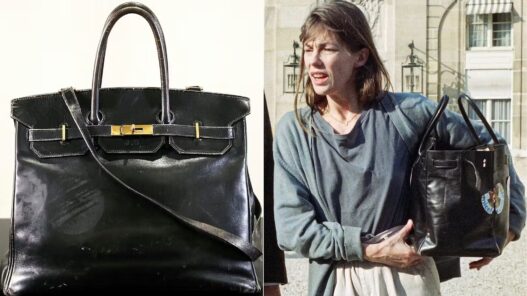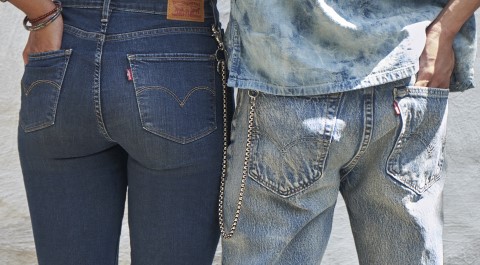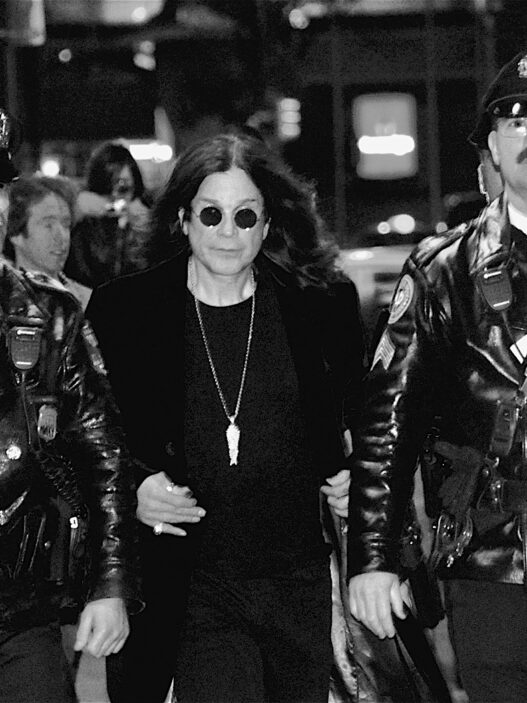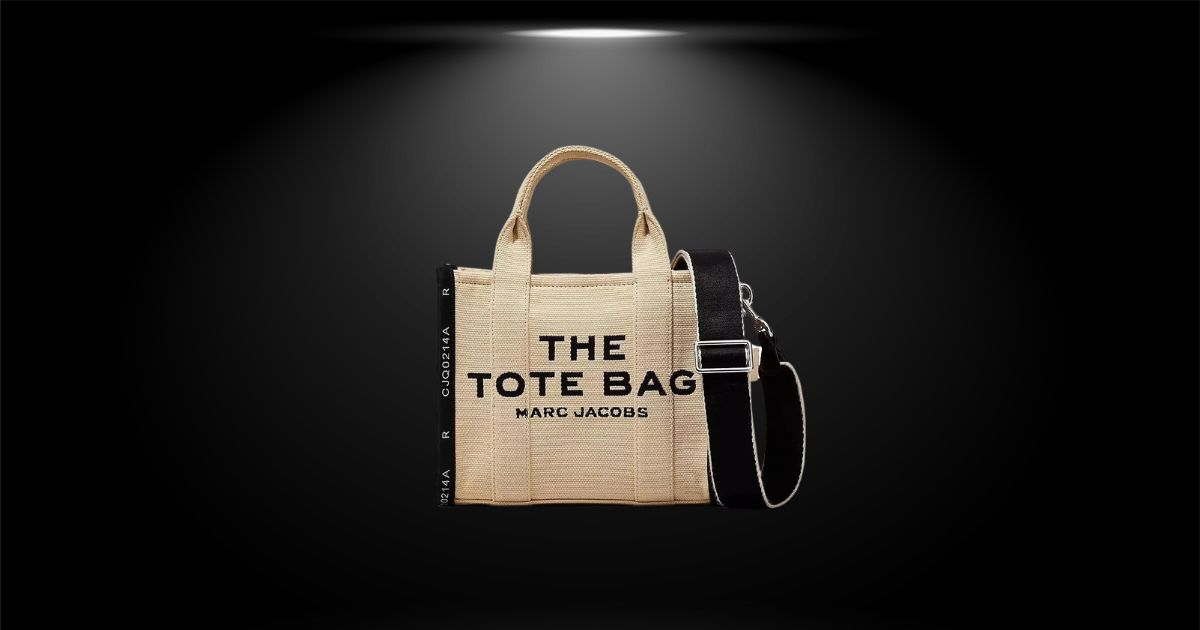It wasn’t lined in velvet. It wasn’t locked in a glass case. It was tattered, scribbled on, stuffed with mascara, pill packets, newspaper clippings, and a second mini bag.
And yet: Jane Birkin’s original Birkin just sold for $10.1 million.
The bag sold for a staggering €8.6 million (US$10.1 million), including fees, on Thursday, July 10, 2025, in Paris, making it the second most valuable fashion item ever sold. The auction, held by Sotheby’s, was described as “an electrifying 10-minute battle” between nine determined collectors (1). But it was more than a bidding war. It was a cultural moment, the sale of a living archive, the literal blueprint for one of the most iconic (and legally fortified) luxury items of the last 40 years.
Let’s be clear: this wasn’t just about leather. It was about myth. Memory. And most of all, power.
Birkin’s Birkin: From Intimacy to Investment
Crafted initially by Hermès in 1984, the Birkin bag was named after Jane Birkin, not because she was a client, but because she spilt the contents of her bag on a plane. The legend goes that Hermès exec Jean-Louis Dumas offered to design her a better one. The result? A status symbol disguised as utility.
But what made Jane’s Birkin remarkable wasn’t its exclusivity. It was its everydayness. She wore it down. She broke it in. She defied the rules of luxury by treating her namesake bag like a diary, filled with scribbled notes, receipts, and the visible wear of a life fully lived.
Fast forward to 2025, and that same bag is now a multi-million-dollar collectable. Why? Because Hermès turned the Birkin from a product into a legend, and backed it up with a fortress of IP protection, selective distribution, and controlled scarcity.
IP + Aura = Value
The Birkin doesn’t have a logo splashed across it. It doesn’t need one.
Hermès has mastered the art of “silent IP”, protecting not just trademarks, but trade dress, shape, silhouette, and market placement (2). The result? A luxury item whose legal and cultural distinctiveness is enforced with precision. You don’t just buy a Birkin. You wait. You qualify. You’re chosen.
In the words of cultural theorist Naomi Klein, “authenticity became a business model” (3). Hermès didn’t just sell bags; it sold access, storytelling, and the performance of restraint.
That legal and cultural branding is precisely why Jane’s original, beat-up, overstuffed Birkin could command an eight-figure price. Because in the right hands, IP becomes aura, and aura, when curated by the right house, becomes capital.
When Heritage Becomes Speculation
Here’s the kicker: Jane Birkin never treated her bag as an asset. But the market did.
Today, the Birkin is as much a financial instrument as a fashion item, often outpacing gold and the S&P 500 in resale value (4). There are investment funds dedicated entirely to luxury handbags. Online platforms track appreciation like stock indexes. And the $10.1M sale only fuels the trend.
But here’s the quiet irony: Jane’s original bag was a rejection of that system. It was soft. Broken. Democratic in its use. So what exactly was auctioned for millions?
Not the leather. Not the craft. But the story, and the legal scaffolding that preserved it long enough for the market to turn it into legend.
Who Owns the Icon?
There’s something poetic (and mildly dystopian) about watching an object named after a woman be reclaimed by the very machinery she resisted. Hermès never gave Jane a percentage of sales. She publicly said she hoped the brand would donate more to ecological causes. She even auctioned off her Birkins for charity.
Yet in the end, it’s the brand —and now, a private collector from Japan — that reaps the benefit of her legacy.
This isn’t just a story about a $10M bag. It’s a case study in how intellectual property turns life into an asset, sentiment into a product, and cultural moments into economic currency. It forces us to ask: when we protect something so fiercely… who ends up owning it?
Conclusion: The Price of Meaning
There’s no denying Hermès has played the long game brilliantly. It has used law, craft, scarcity, and storytelling to build a brand immune to trend fatigue. The Birkin is not a bag. It’s a signal.
But as Jane Birkin’s version fades into a vault, a chilling question remains:
Are we still buying into heritage, or just speculating on its shadow?
—————————————————————————————————————
References:
- Sotheby’s, “Jane Birkin’s Personal Birkin Bag Sells for $10.1M,” July 2025.
- WIPO, “The Role of Trade Dress in Fashion IP Strategy,” 2023.
- Naomi Klein, No Logo, 2000.
- Bloomberg, “Birkin Bags Beat the Market Again,” April 2025.


















